The historic Boone Hall Plantation is located just outside of Charleston, South Carolina. It is one of the most beautiful plantations in the south and the best plantation to visit in Charleston. Keep reading to discover everything you need to know before visiting!
Everything you need to know before visiting Boone Hall Plantation Charleston SC
Table of Contents
- How to get to Boone Hall Plantation & Gardens
- Boone Hall Plantation History
- Boone Hall Plantation tour information
- Movies filmed at Boone Hall Plantation
- Boone Hall Plantation weddings and events
How to get to Boone Hall Plantation & Gardens
Boone Hall Plantation & Gardens is located at 1235 Long Point Rd in Mount Pleasant, South Carolina. It is located about 25 minutes northeast of Charleston.
From Charleston, take Hwy 17 North towards Mount Pleasant.
You’ll cross over the Arthur Ravenel Jr Bridge and stay on the freeway for about 7 miles.
Turn left onto Long Point Road and follow the signs for Boone Hall until you reach the plantation on your right.
Boone Hall Plantation History
Boone Hall Plantation began in 1681 as a 470-acre wedding dowry for Elizabeth Patey and Major John Boone. It was actually considered a small plantation back in the day but has expanded over the years.
Historically, the word ‘plantation’ was referring to a farm. And this farm has been continually growing crops for over 320 years. In fact, it is considered one of America’s oldest working plantations.
Its origins were as a brick-making plantation where they produced the brick used to build Fort Sumter as well as many of the churches, homes, and businesses in Charleston. Rice and indigo were also their cash crops.
The plantation stayed in the Boone family for over 130 years until it was sold in 1817 to the Horlbeck brothers. The new owners began planting Sea Island cotton in addition to brick production.
During the Civil War era, the price of cotton fell so they planted 600 acres of pecan trees. By the end of the 19th century, Boone Hall was the leading supplier of pecans in the entire United States.
The plantation transferred owners several more times over the years with two different homes being built on the property.
The plantation lies on the banks of Boone Hall Creek. For 250 years, the river was the only way to reach the plantation and it took 6 hours from Charleston. Today it is a 25-minute car ride.
We even spotted a dolphin in the river during our visit!
The remote location is actually what saved the plantation during the Civil War when many other plantations were burned down.
In 1959, the plantation was opened to the public and in 1983 Boone Hall was listed on the National Register of Historic Places. Today, guests can tour the plantation home, slave quarters, and working farm.
Boone Hall Plantation tour information
Admission:
- $26 adults
- $23 seniors & military
- $12 kids 6-12 years
- Free for children 5 years and younger
- Tickets can be purchased here.
Hours:
- Monday thru Saturday 9 am – 5 pm
- Sunday 12 pm – 5 pm
Included with admission:
- Self-guided tour of the plantation home
- Self-guided tour of slave quarters and Black History in America exhibit
- History talk and Gullah culture live presentation
- Tractor tour of the farm
- Guided tour of the stables
- Plantation gardens
- Butterfly pavilion
Boone Hall Plantation home & garden tour
In 1935, Canadian ambassador Thomas Stone and his family purchased the plantation. A year later, they tore down the original humble 1790 Lowcountry wooden farmhouse and built the regal Colonial Revival home that you see today.
So technically, while this is considered an antebellum plantation, the home itself is not from that period.
After the Stone family occupied the plantation home, it was purchased by a Georgian Prince, Dimitri Jorjadze.
The home was sold to the McRae family in 1955 where they currently reside in the second story of the house. They opened the plantation to the public in 1959 and have been running the farm and operating historical tours ever since.
While the second story is reserved only for the family, the main level of the home is open to visitors. The tours are currently self-guided, but guided tours may resume so be sure to check when purchasing your ticket.
Photos and videos are not allowed inside as guests take in the grandeur of this stately mansion.
You will be able to tour the ornate parlor and sitting room, along with a few more select rooms all outfitted with period antiques.
For the self-guided tour, you will be given a printout detailing information about each room. It should take less than 30 minutes to complete the tour.
Perhaps the most impressive part of the plantation, however, is the stunning 3/4 mile Avenue of the Oaks.
More than 90 live oak trees draped in Spanish moss line the driveway leading to the house. It is considered one of the most photographed spots in all of South Carolina.
It is reminiscent of the drive at Wormsloe Historic Site in Savannah, a must-see if you’re planning a trip to Savannah.
The first trees were planted over 270 years ago by the Boone’s oldest son, Captain Thomas Boone, whose grave can be found in the paddock under an oak tree. The remaining trees were planted by the Horlbeck brothers in 1843.
The upkeep of the avenue is quite taxing as each tree requires 50 gallons of water per day.
You’ll also find a spectacular garden with walking paths in front of the home. The garden is laid out in the shape of two butterfly wings with colorful blooms spilling out of the twenty-two garden beds.
The signature sweet southern noisette roses and 100-year-old antique rose bushes are the highlights of the garden.
Slave quarters tour
As with all plantations in the South, the success of the plantation was carried on the backs of the slaves.
This dark part of Boone Hall’s history is not glossed over during the tour. Instead, they address the difficult conversation about slavery as visitors take a self-guided tour of the nine antebellum slave cabins known as “Slave Street”.
Here you can learn about what life was really like as a slave working on a plantation.
Over 300 slaves worked on this plantation throughout the years, with 2-3 families and up to 12 people living in these tiny brick slave quarters.
Sadly, these structures were actually considered an upgrade to some of the unsavory living conditions that many slaves at other plantations had to endure.
The structures were made of brick produced on the farm by the slaves themselves.
The use of brick instead of timber was seen as a sign of the plantation owner’s wealth. The cabins were also intentionally placed along the front drive to further boast of their wealth as guests came to visit.
As you tour the cabins, you’ll see displays and artifacts that make up the Black History in America exhibit.
The plantation also offers daily history talks and live presentations of “Exploring The Gullah Culture” where visitors can learn about the unique culture adapted by African slaves.
The presentation includes singing, dancing, and storytelling and is put on by true descendants of the Gullah people.
The daily tour times are posted at the entrance, so be sure to make note of the times when purchasing your admission.
Take time to also stop by and see the smokehouse that is located behind the slave quarters near the house. It was built in 1750 and is one of the few original historic structures still remaining on the property.
Plantation tractor tour
Boone Hall Plantation started out as a 470-acre farm but now encompasses 738 acres.
Visitors can climb aboard the tractor-pulled wagon to explore the working farm. You’ll also learn some interesting history during the 40-minute narrated tour.
While Boone Hall started out as a brick production plantation, they successfully harvested cotton, rice, indigo, peaches, blueberries, pecans, and several other crops over the years.
At its peak, there were 15,000 pecan trees at Boone Hall which made it the largest pecan grove in the world.
Unfortunately, half of the trees were wiped out in a hurricane, and an additional 80% were destroyed in a subsequent hurricane. Today, only about 50 of the original 150-year-old pecan trees remain.
Flooding is also a constant threat to the farm as the plantation lies in low country, only 5-6 feet above sea level. There is talk of building a larger sea wall around Charleston that will help protect it.
The tour takes you past several u-pick orchards and fields where visitors can pick fresh seasonal fruit and vegetables. Check the link to see what crops are in season.
Fresh produce is also available at the Boone Hall Farms roadside farm stand located across Route 17 from the farm.
There’s nothing quite like picking strawberries and peaches fresh from the farm.
And while Georgia claims to be the peach state, it is actually only the third top producer of peaches in the US. California is first and South Carolina is second. Somebody needs to let Justin Bieber know to change the lyrics of his song…
You’ll even pass by a collection of beehives. The bees were actually imported from Italy when mites eradicated the previous bee population. The bees are crucial to the farm’s survival as they pollinate all of the produce on the farm.
You’ll also pass a pond where you might spot an alligator or two lazing in the sun.
The tractor will then pull you through the woods where our guide told us there have been sightings of bears and coyotes.
If you come in March, the trees around the farm will be covered in sweet-smelling wisteria.
The tour will take you down the famed Avenue of the Oaks and ends at the old cotton gin.
The gin was built in 1853 and is the last cotton gin house in South Carolina that is still standing. This is where the harvested cotton would be processed in preparation for shipping.
Most recently, the cotton gin house was used as a restaurant until it was deemed unsafe due to the lack of foundation.
It is currently condemned, but there is a $2 million restoration project underway with plans to reopen the cotton gin as a museum.
The tractor tour runs at select times throughout the day, be sure to check for tour times when purchasing your admission.
Stable tour
If you time it right, you can also catch a guided tour of the horse stables.
It is a lesser-known fact that Boone Hall is recognized for its thoroughbred horses. In fact, the grandfather of Secretariat, the champion racehorse that Disney based a movie on, lived here. He went on to sire four other Triple Crown horses.
You’ll learn the interesting history of horses at Boone Hall during the guided tour and see some original artifacts, such as the rare child-sized antique wooden stirrups.
The Butterfly Cafe is located adjacent to the stables where you can grab a bite to eat or purchase a souvenir. Be sure to try the limoncello ice cream!
The Butterfly Pavilion is located just behind the cafe and is seasonally filled with fluttering butterflies.
Movies filmed at Boone Hall Plantation
Boone Hall Plantation just oozes in southern charm made for the big screen. Perhaps its most famous Hollywood appearance is as Allie’s summer home in The Notebook.
And if you want to visit another dreamy Notebook filming location, check out Cypress Gardens in Charleston where you can paddle a canoe through the swamp just like they did in the movie!
Forrest Gump was set to film a scene of Tom Hanks running down the Avenue of the Oaks. However, after taking one look at the length of the road he decided it was too long. They settled on a shorter oak tree-lined road at a plantation in Savannah instead.
As you are taking the tractor tour, the guide will also point out a dilapidated structure that served as the general store from the TV mini-series, Queen. This obscure show is what helped launch Halle Berry into superstardom.
Other movies and shows filmed at Boone Hall include North and South, Days of Our Lives, and There’s No Place Like Home. Two documentaries, America and The Price of Freedom, were also filmed here.
It is also rumored that the Avenue of the Oaks inspired the oak-lined drive to Ashley Wilkes’ Twelve Oak Plantation on the set that was created for Gone with the Wind. The sequel, Scarlett was actually filmed at Boone Hall.
Boone Hall Plantation weddings and events
Boone Hall Plantation has served as the backdrop for many weddings and events.
The most publicized being the celebrity wedding of Ryan Reynolds and Blake Lively. The Cotton Dock overlooking the tidal marsh served as the venue for their nuptials.
Weddings book up to a year in advance with a basic package beginning at $25,000.
Other events are held at the plantation throughout the year. One of the most popular is Boone Hall Fright Night.
This includes a spooky Halloween train ride through the haunted forest and a corn maze that is so large that it can be seen from space.
Christmas is also a special time to visit as you can tour the plantation home all decked out for the holidays. Be sure to visit during the Christmas Tree Festival where you can pick out a tree, decorate cookies, ride the Ferris wheel, browse the holiday booths, and visit Santa.
Other annual events include the Strawberry Festival, Oyster Festival, and Wine Under the Oaks. Check the calendar for dates and information.
I hope this guide has helped you know what to expect when planning a trip to Boone Hall Plantation & Gardens!
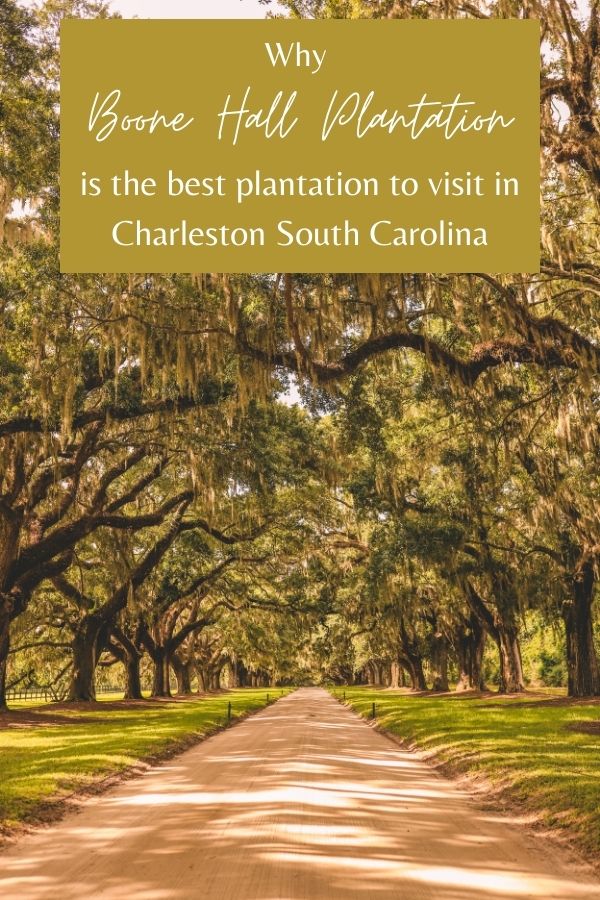
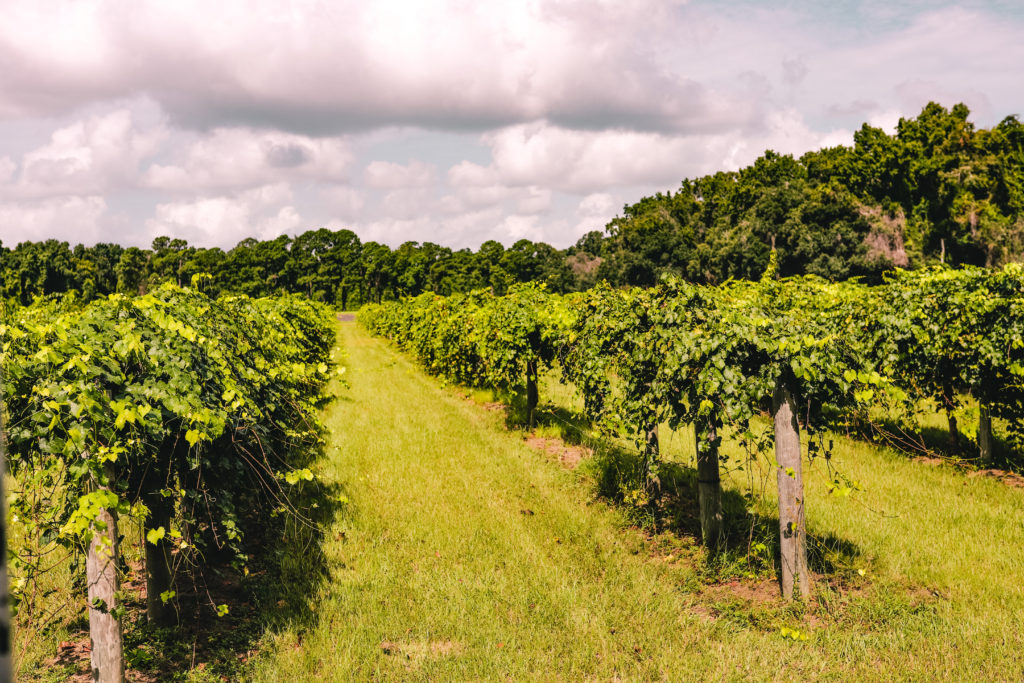
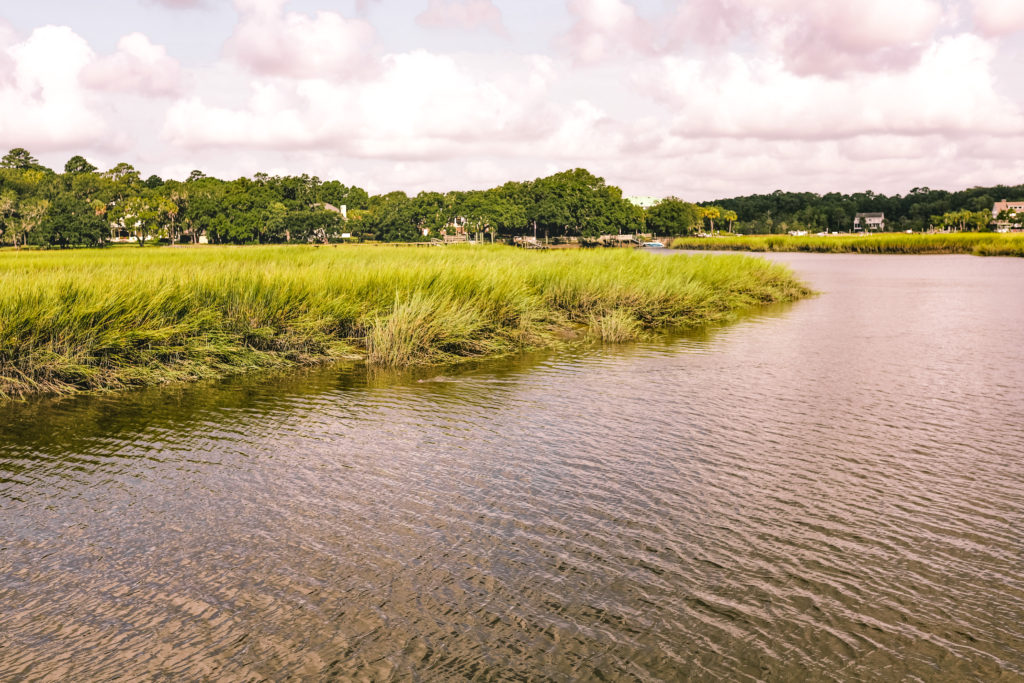
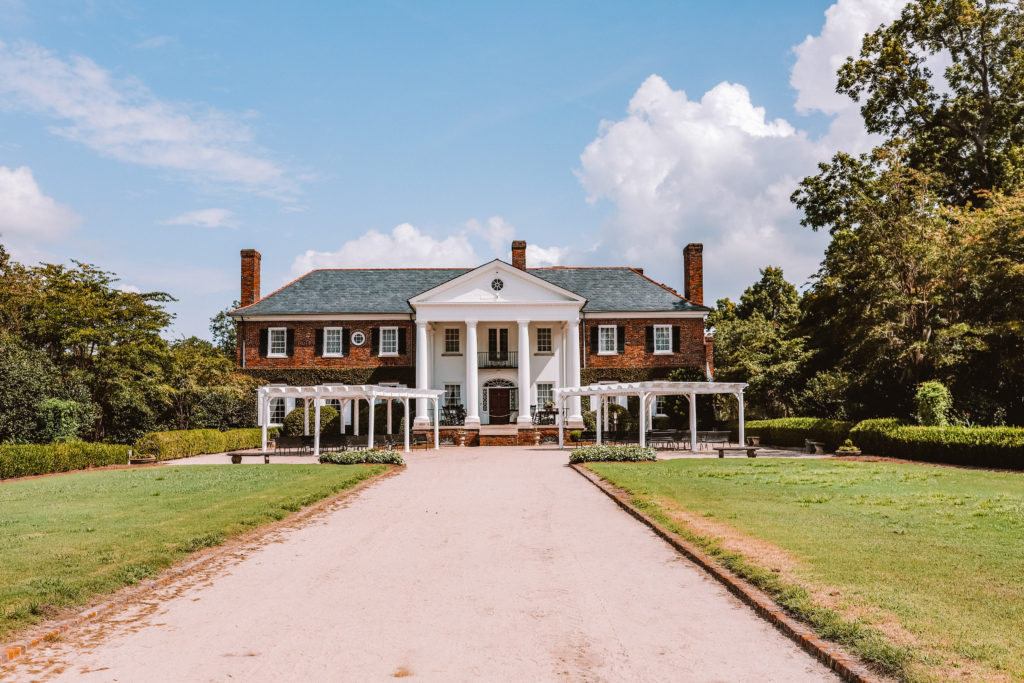
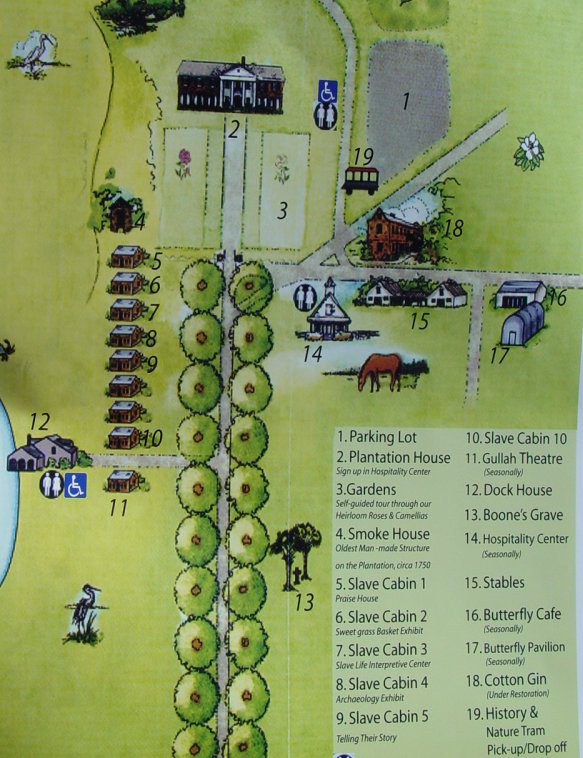
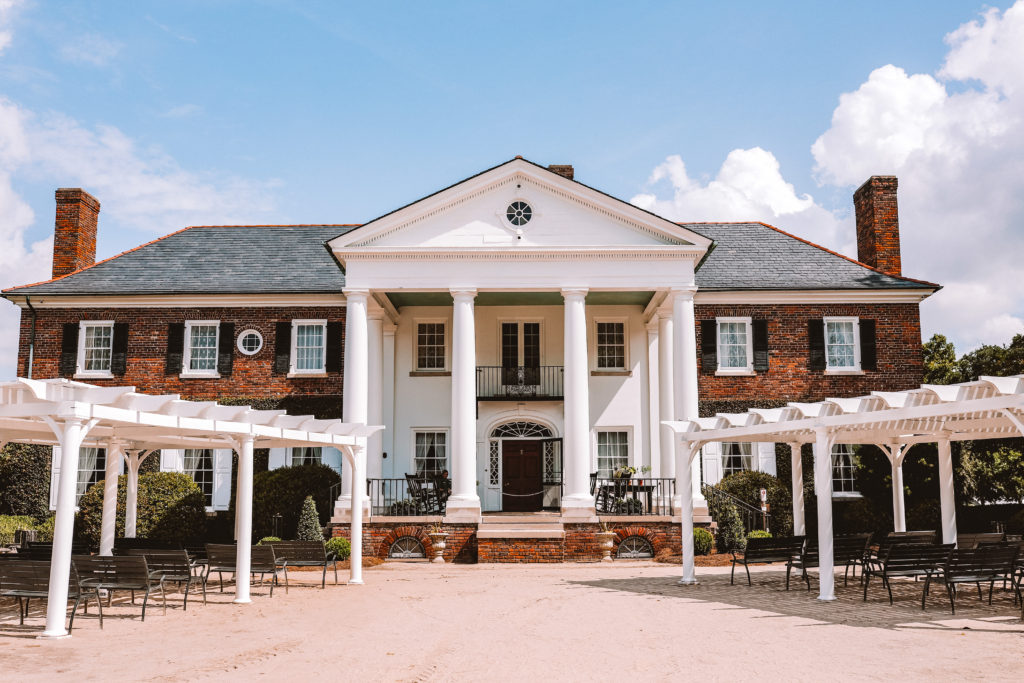
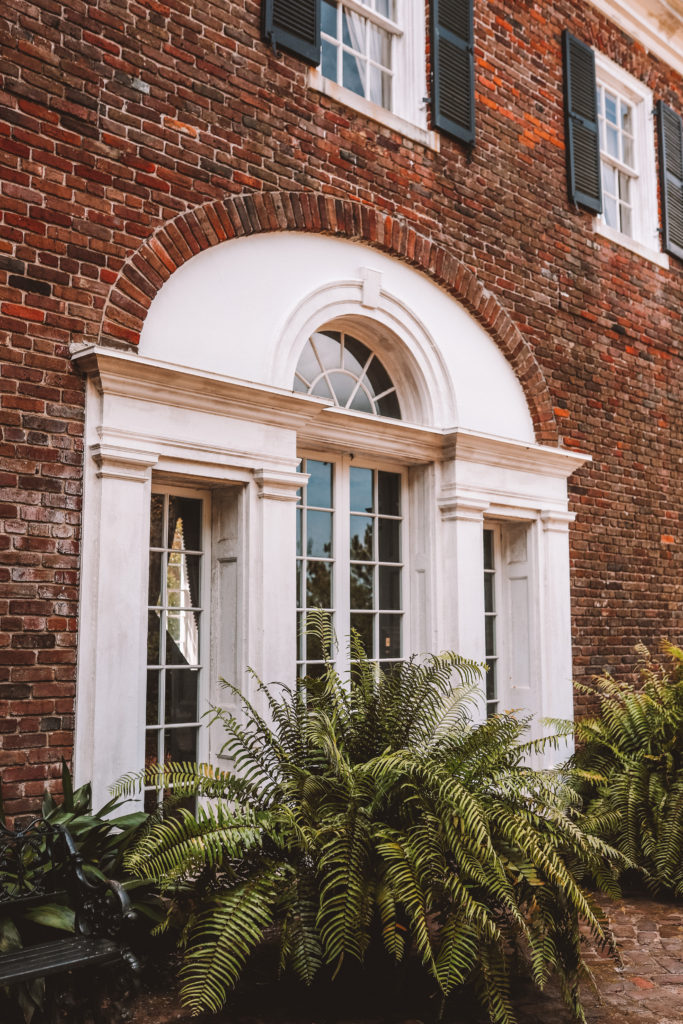
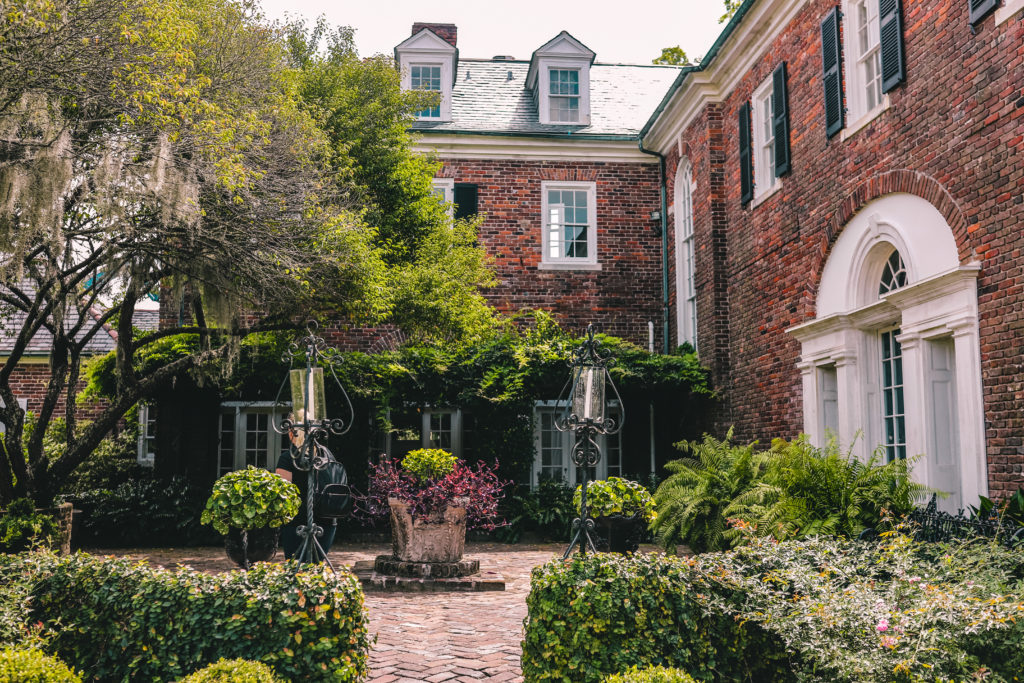
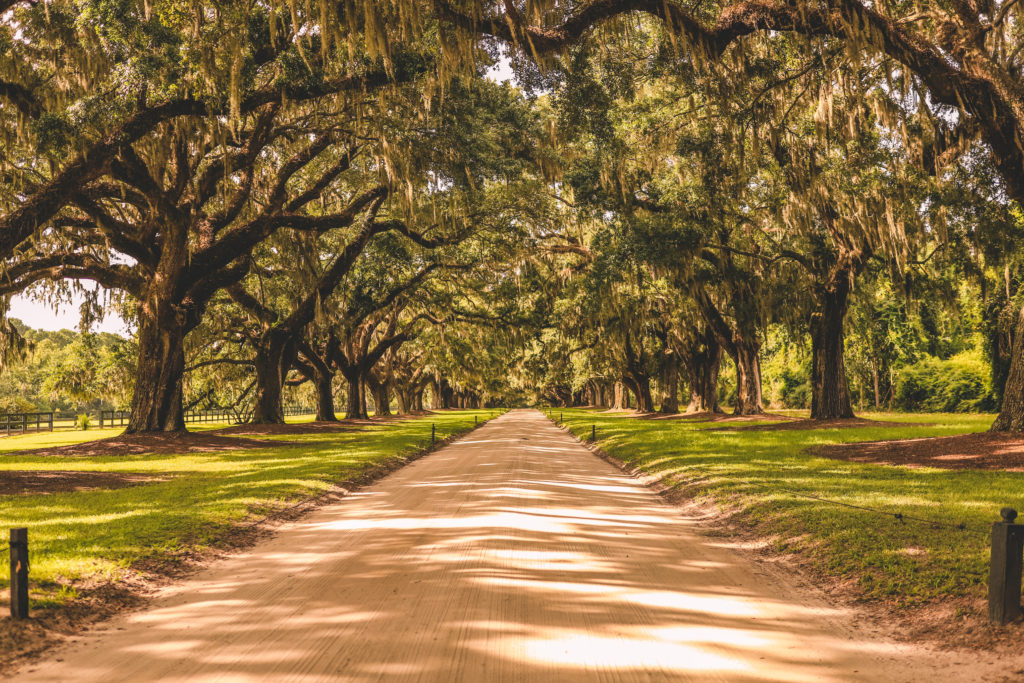

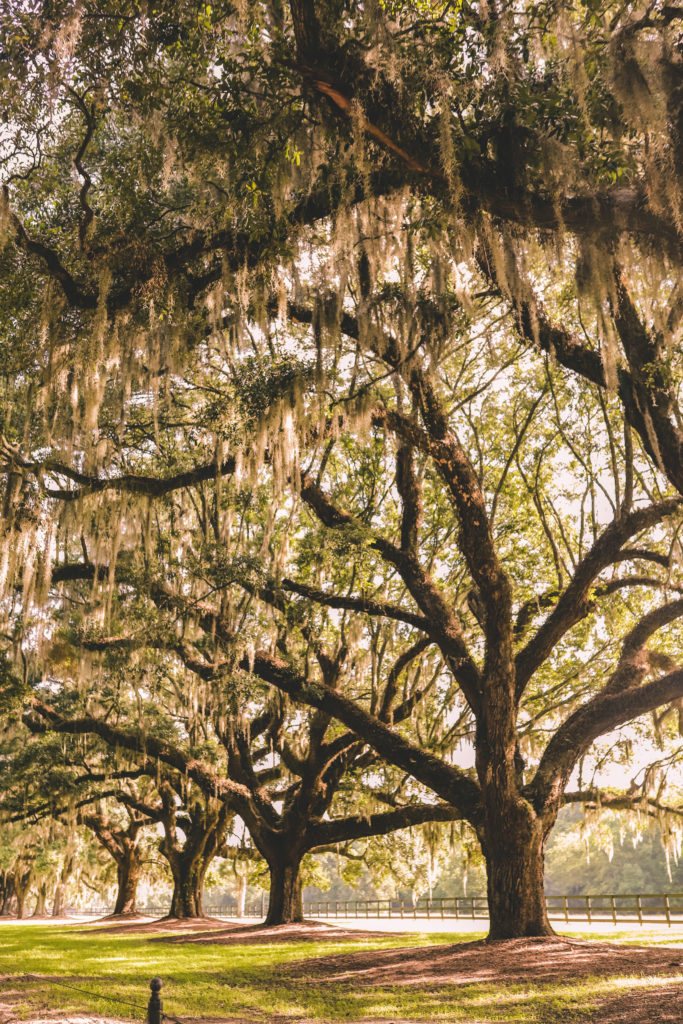

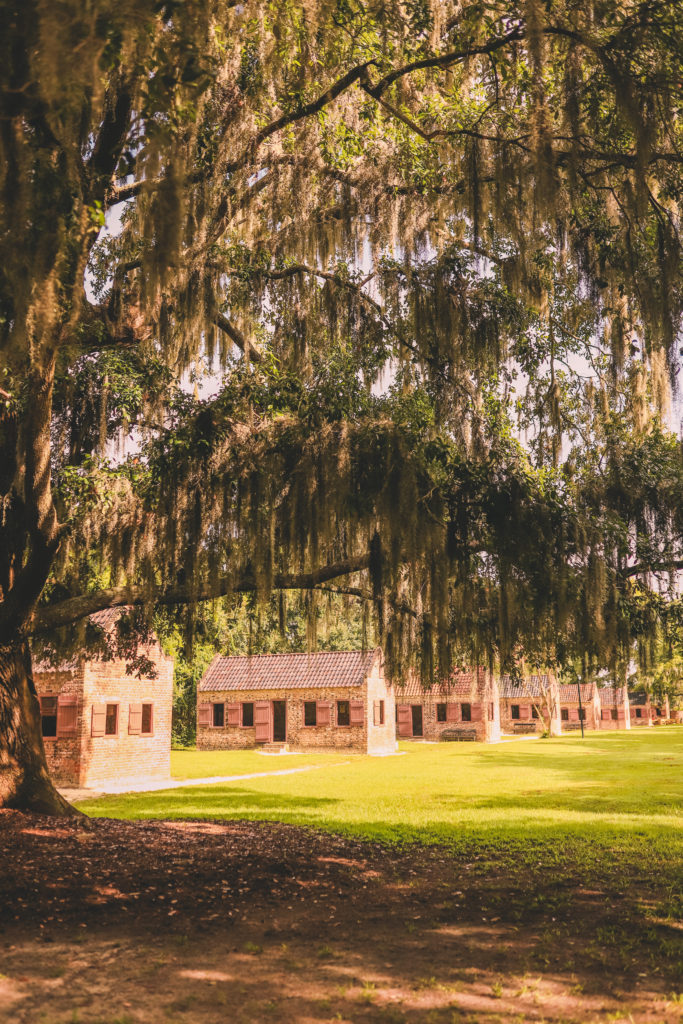
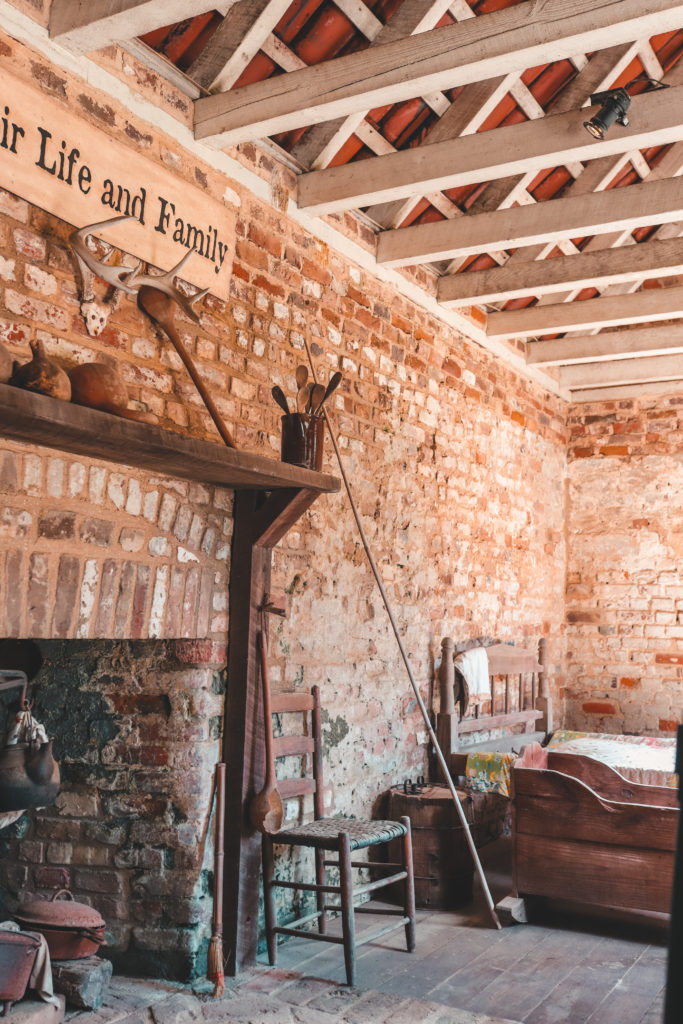

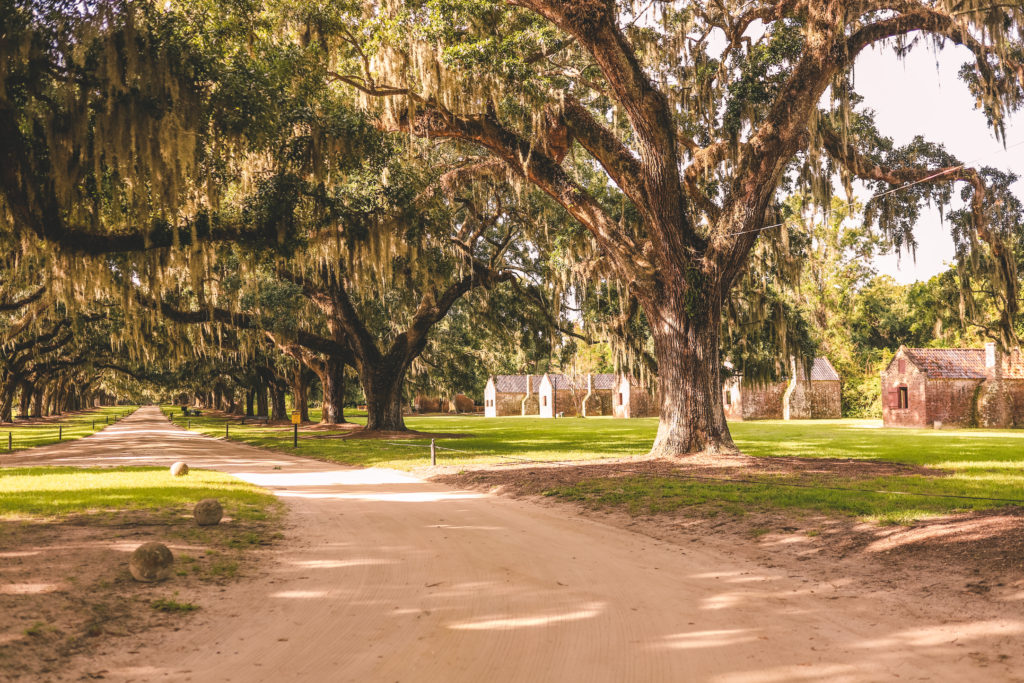


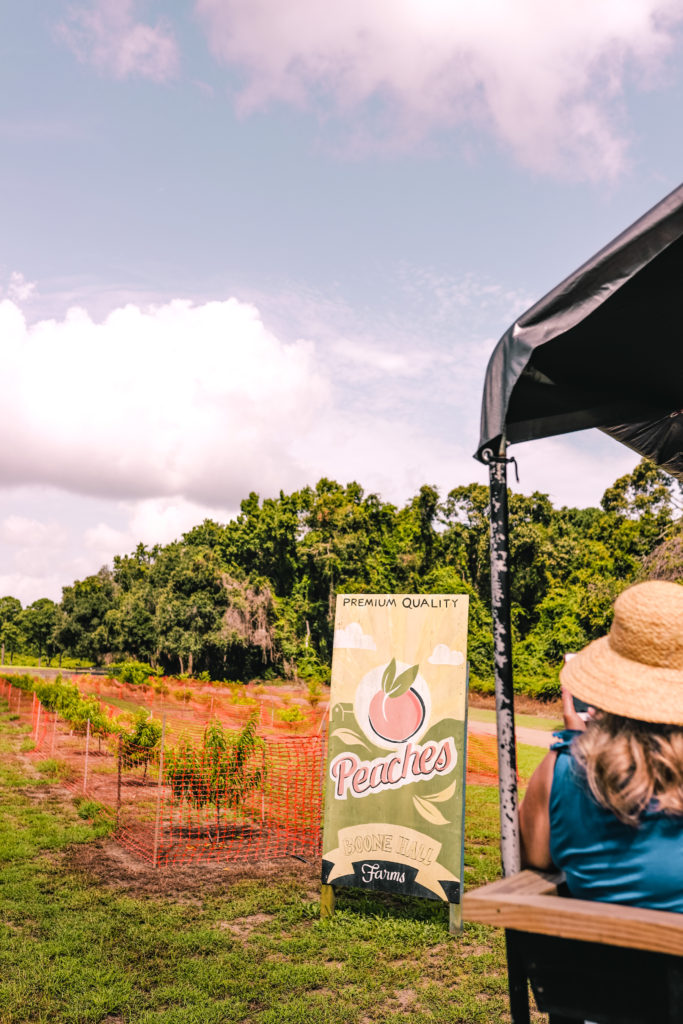
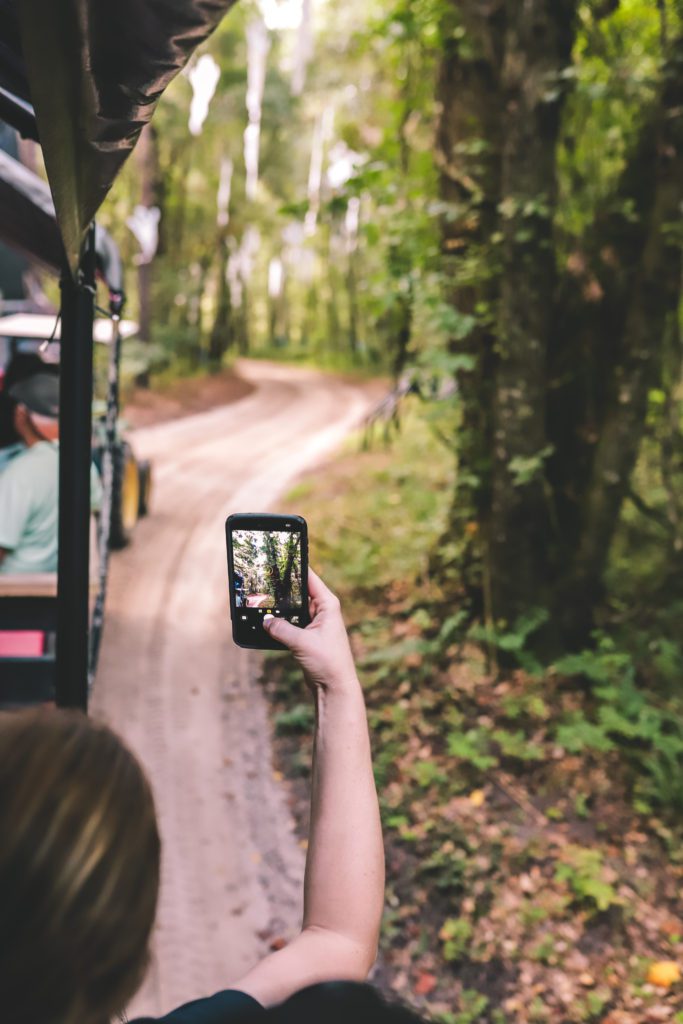

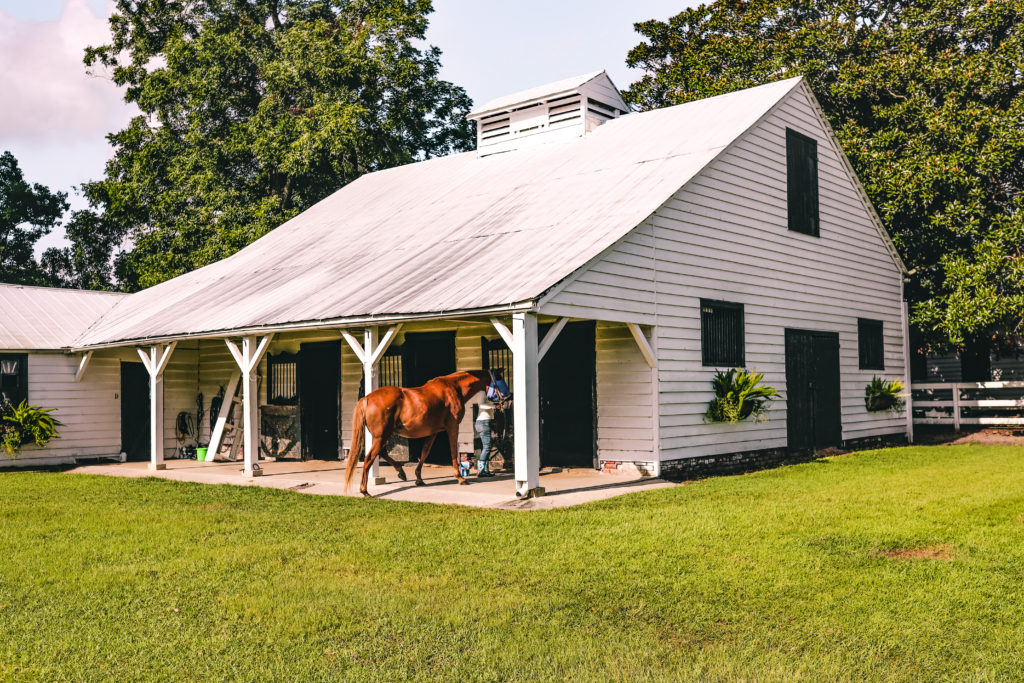
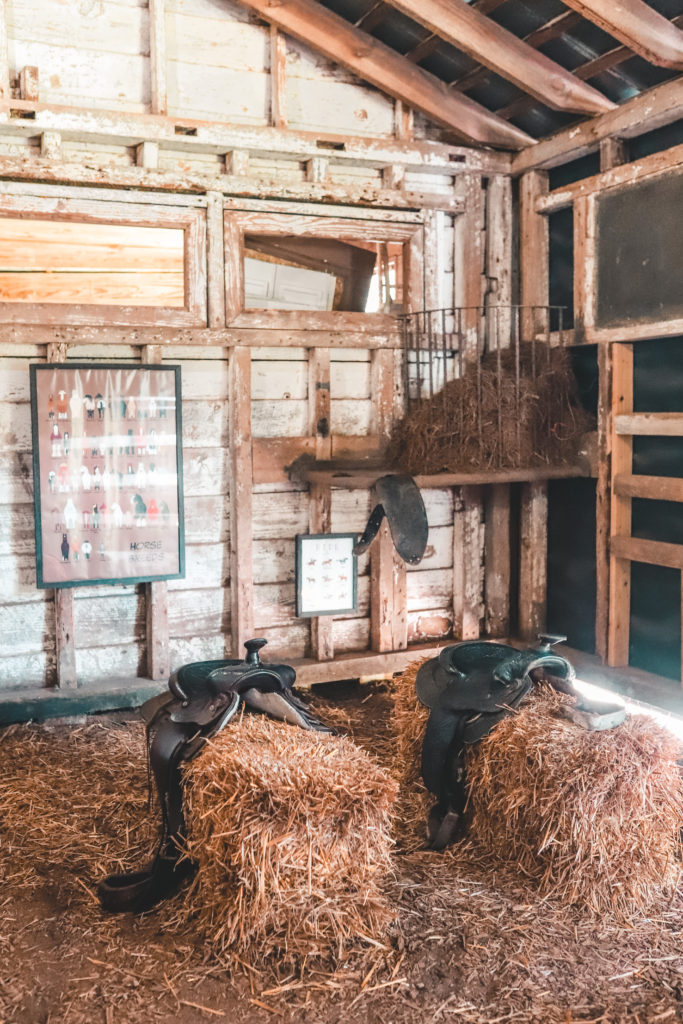
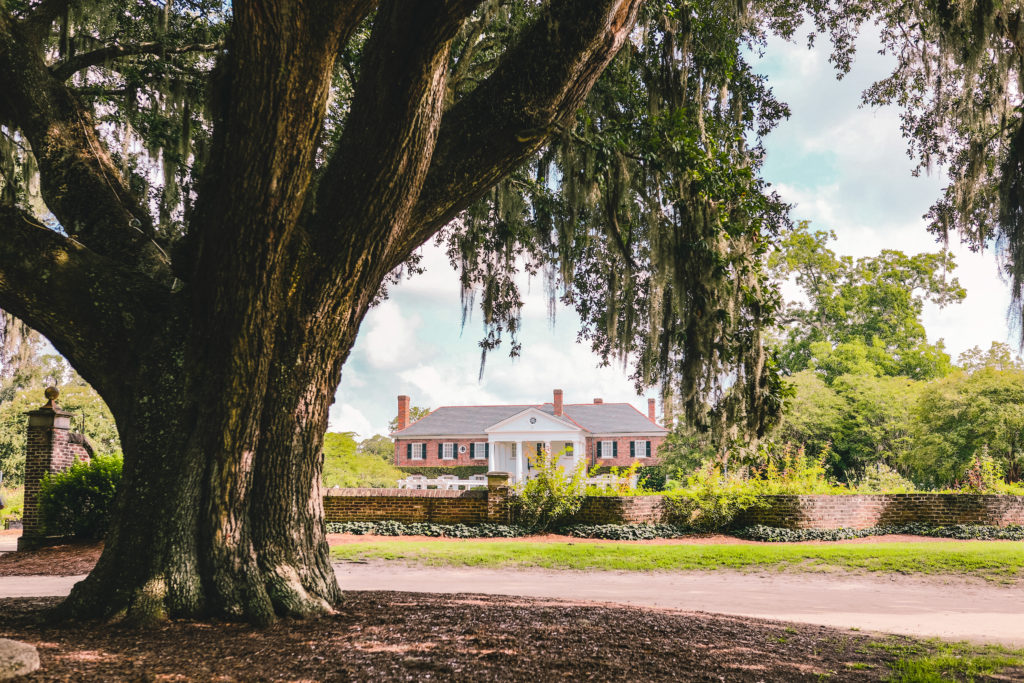
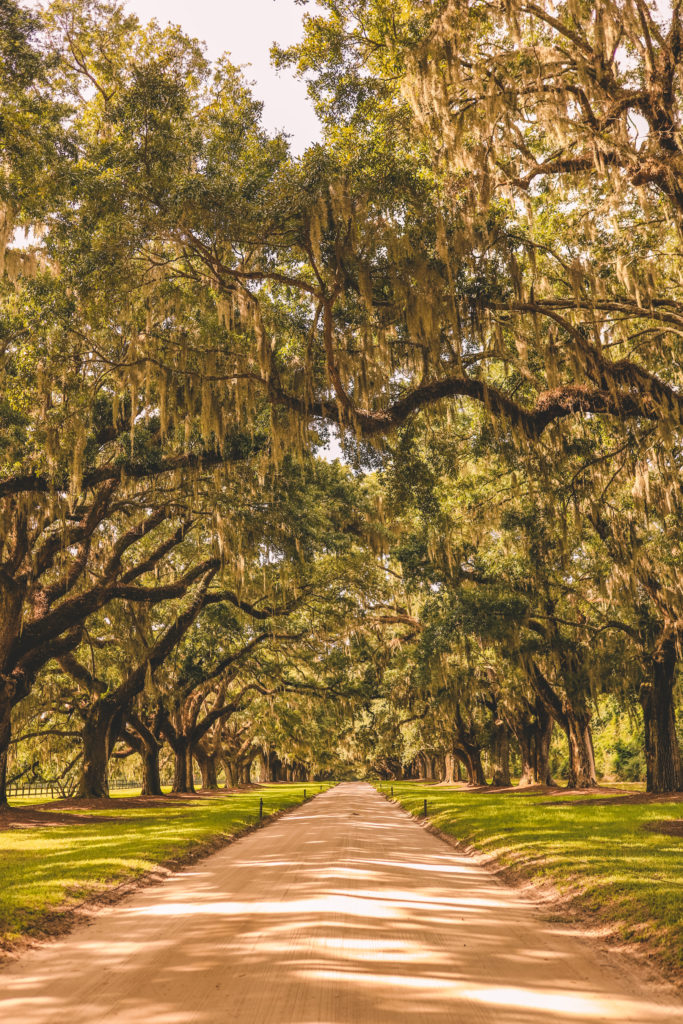
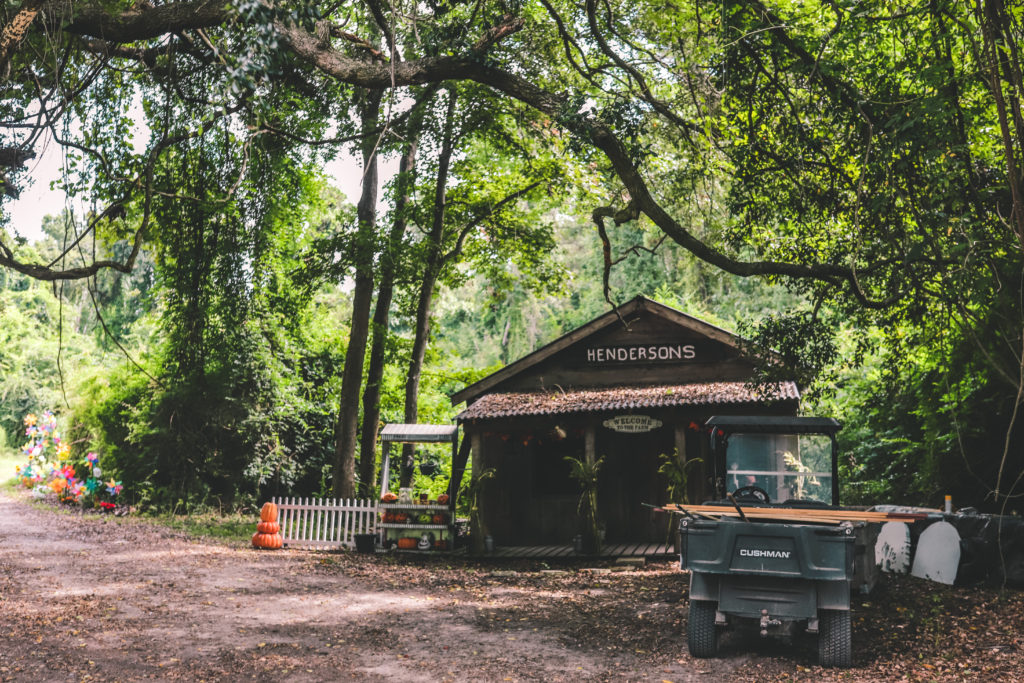

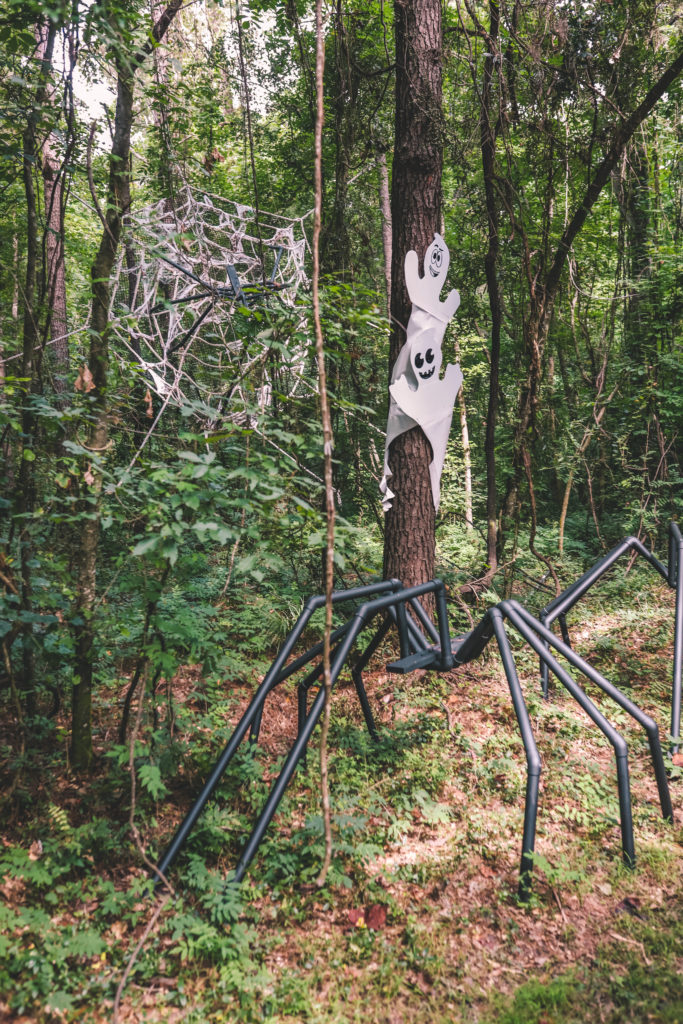
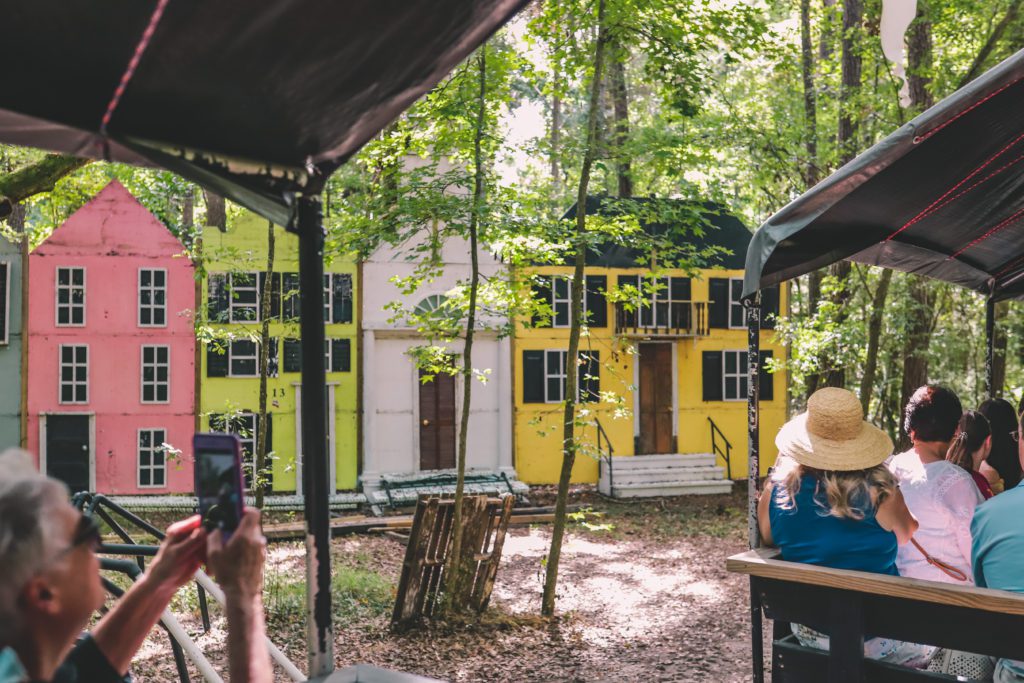
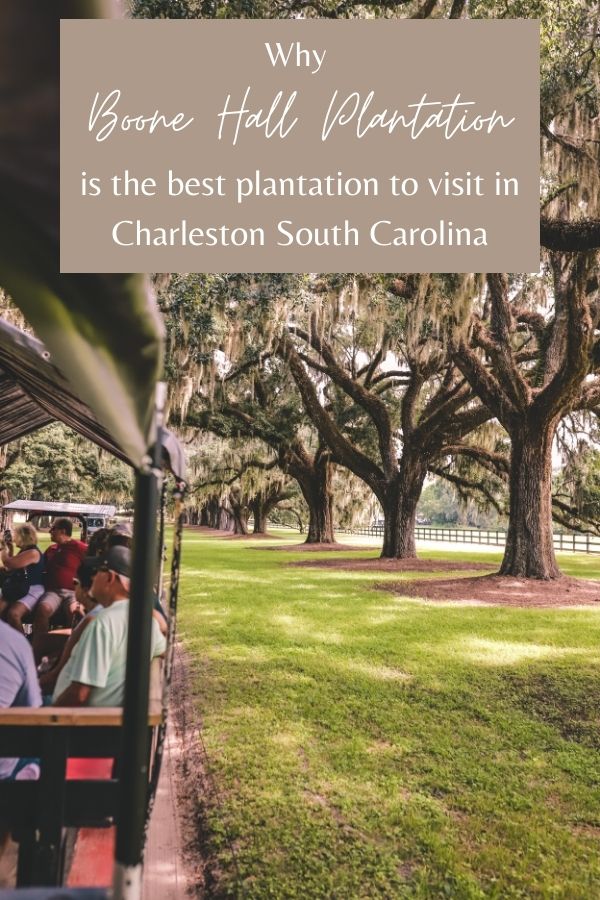
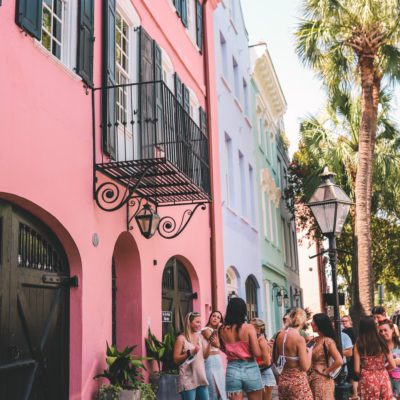
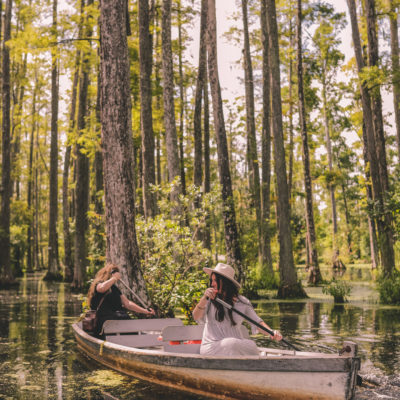
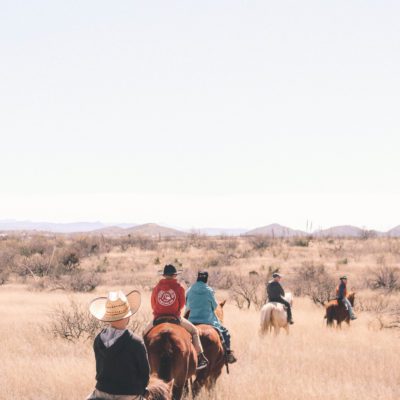
Leave a Reply